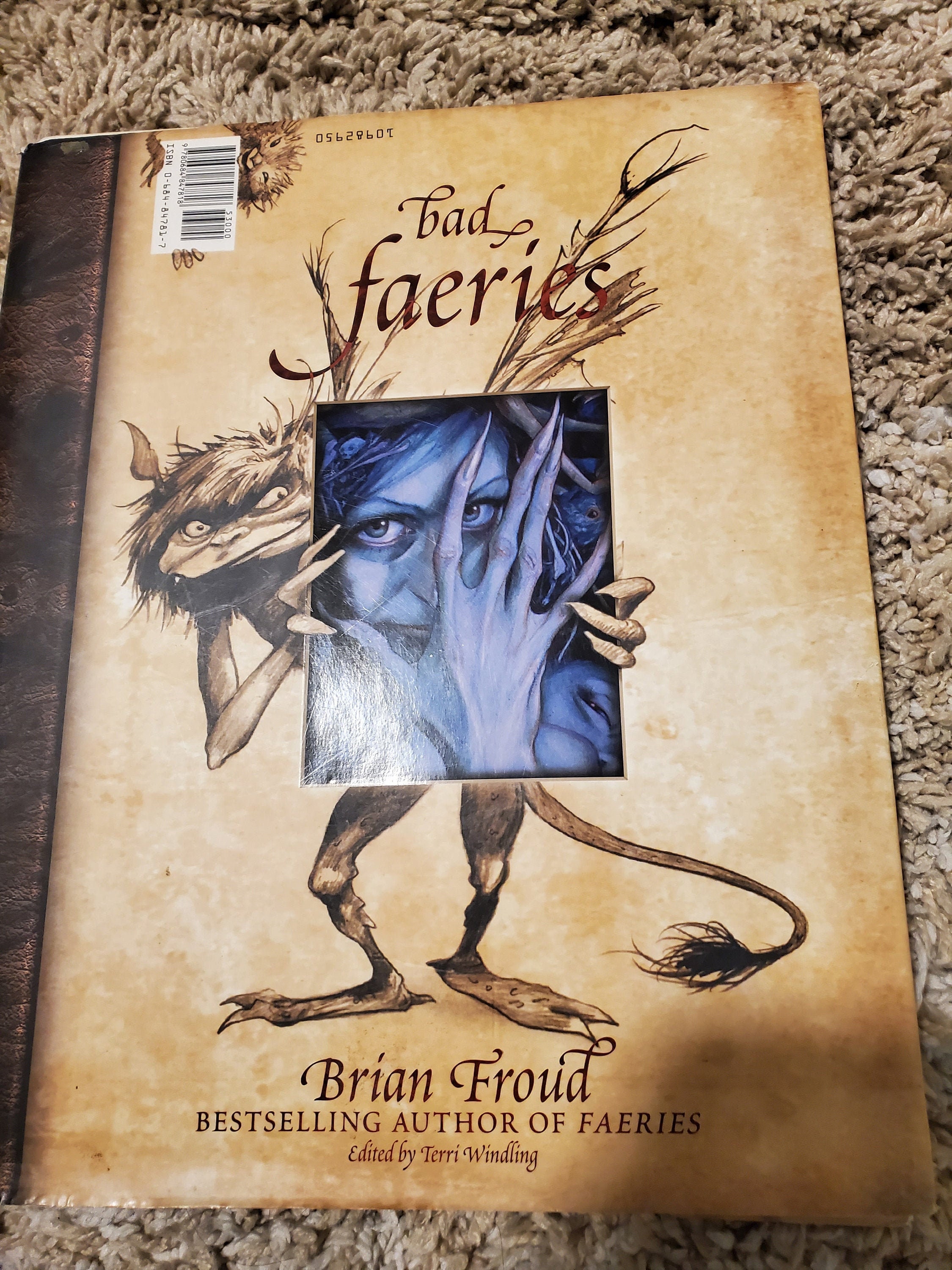

In his own preface to the anniversary edition, Brian Froud underlined that he and Lee had “wanted to be as true to the subject as possible and to portray fairies as they really are. This is precisely the core of much of their envy of mortals and a source of a good deal of the trouble they cause…” She concluded: “Faerie is a world of dark enchantments, of captivating beauty, of enormous ugliness, of callous superficiality, of humour, mischief, joy and inspiration, of terror, laughter, love and tragedy.” These lines summarise Froud and Lee’s vision exactly. Writing in her Introduction to the anniversary edition, Betty Ballantine described faeries as “alien creatures with values and ethics far removed from mankind: they do not think and, most notably, they do not feel, the way that humans do. The nakedness then serves to emphasise their wild, untamed natures- it isn’t sexual but feral. Although the two artists portrayed naked and attractive female fairies, including quite young juveniles, as often (if not more frequently) there are mature and deformed beings, hybrids of animals and humans, pixies with malicious faces and sharp fangs, a host of barely human humanoids. This is understandable- there is something very immediate and ‘real’ about their vision of fairies: they are wild and often ugly.

It has been through several editions since, including a twenty-fifth anniversary issue, and the illustrations have for many become synonymous with representations of Faery.


Faeriesįroud- and his artistic partner Alan Lee- first came to public attention as ‘faery experts’ with the publication of the illustrated book, Faeries, in 1978. Here I want to examine what he believes about the subjects he paints- and how that may influence his creative process. Readers will be very familiar with Brian Froud’s fairy art from books such as Faeries and Good Faeries/ Bad Faeries.


 0 kommentar(er)
0 kommentar(er)
